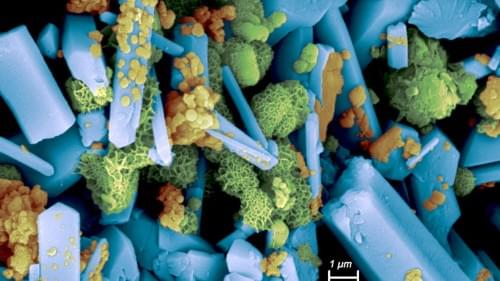The Trump administration explored taking a U.S. stake in Intel to boost domestic chipmaking after a meeting with CEO Lip-Bu Tan amid Ohio factory delays.
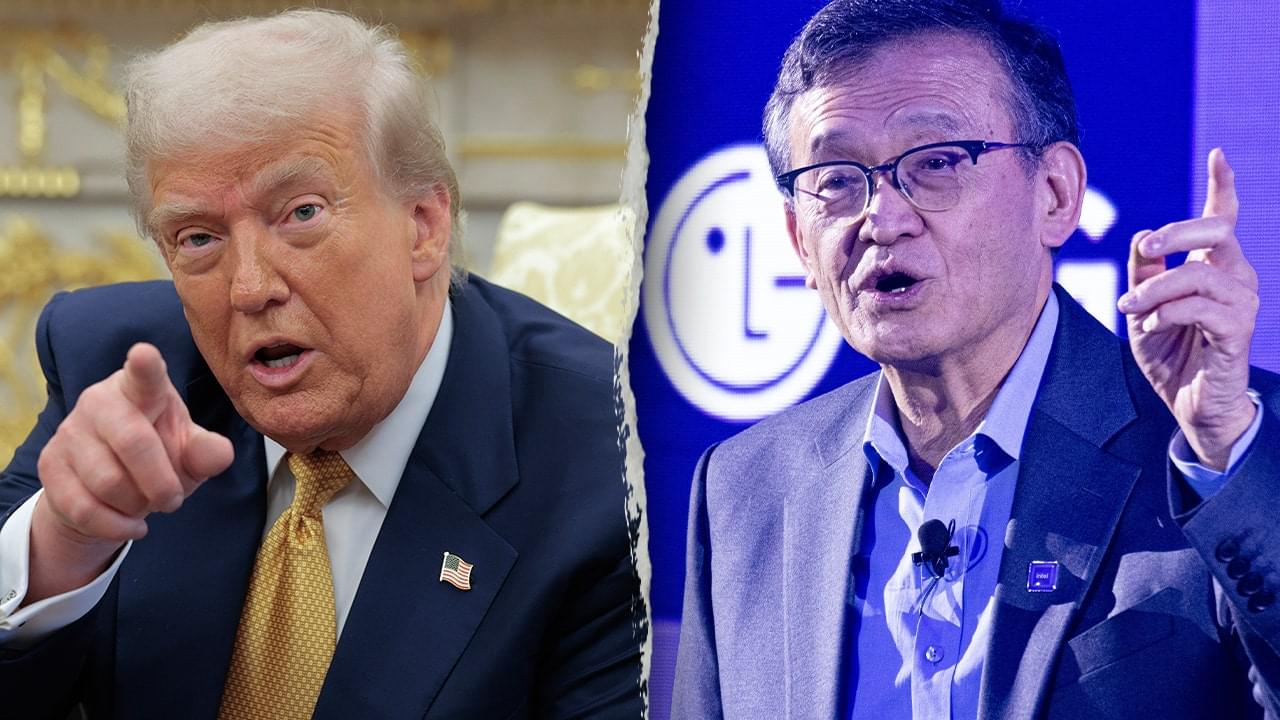

Questions to inspire discussion.
🚕 Q: How is Tesla’s robo taxi service progressing? A: Tesla’s robo taxi service is already larger than competitors in Austin and the Bay Area, with plans for significant expansion.
Business Model Shifts.
📊 Q: How might Tesla’s business model change with autonomy? A: Tesla may shift to manufacturing cars primarily for their own robo taxi service, rather than selling to individual customers.
🚛 Q: What potential does Tesla see in autonomous semi trucks? A: Tesla believes autonomous semi trucks could unlock trillions in value and shift supply chains from rail to trucking.
📅 Q: How is Tesla’s leasing strategy evolving? A: Tesla is focusing more on shorter leases (1−2 years) and inventory car leases, indicating a move towards a leasing and subscription model.
Questions to inspire discussion.
🚕 Q: What real-world application of Tesla’s FSD technology is currently operating? A: Tesla Road, a robo taxi service in Austin, Texas, allows paid customers to ride in Teslas that are literally driving themselves, demonstrating Tesla’s FSD supervised technology in action.
🛻 Q: How are Cybertruck owners responding to their vehicles? A: Cybertruck owners, including celebrities Theo Von and Kat Williams, describe their vehicles as unique experiences that feel like “driving in the future”, forming a small but enthusiastic group.
💰 Q: What financial challenge is Rivian facing in the EV market? A: Rivian faces a $100 million deficit due to the Trump administration’s rollback of fuel economy standards, compounded by high price points and lack of profitability per vehicle, making it difficult to compete with Tesla.
🤝 Q: What recent partnership has Honda formed for autonomous driving development? A: Honda and Helm AI have entered a multi-year joint development agreement to accelerate Honda’s Navigate on Autopilot system for highway and urban autonomy, though it’s not full autonomy and requires constant driver attention.
Media Coverage of Tesla.
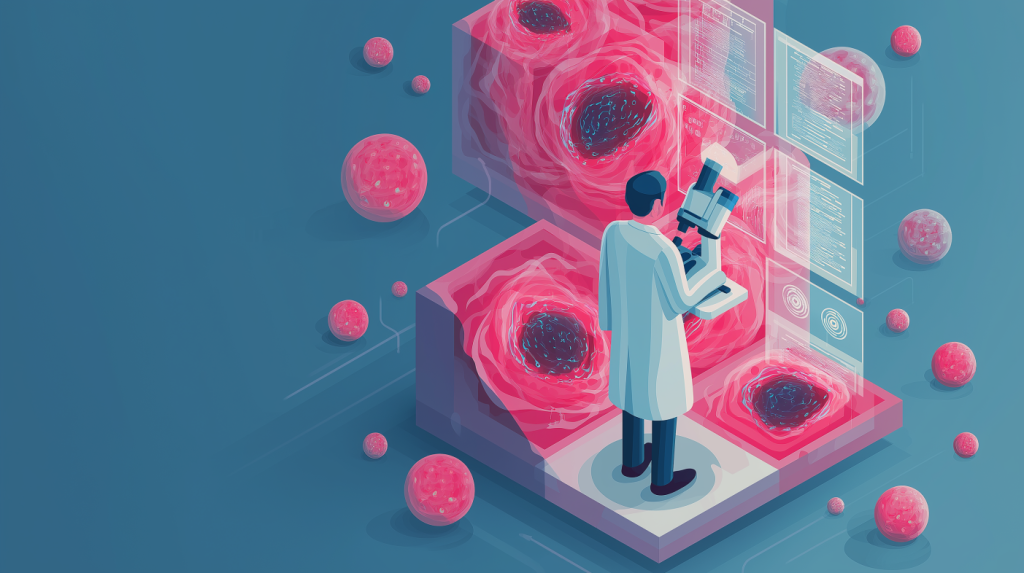
The Chan Zuckerberg Initiative announced Thursday the launch of rBio, the first artificial intelligence model trained to reason about cellular biology using virtual simulations rather than requiring expensive laboratory experiments — a breakthrough that could dramatically accelerate biomedical research and drug discovery.
The reasoning model, detailed in a research paper published on bioRxiv, demonstrates a novel approach called “soft verification” that uses predictions from virtual cell models as training signals instead of relying solely on experimental data. This paradigm shift could help researchers test biological hypotheses computationally before committing time and resources to costly laboratory work.

Scientists have developed a diamond-based sensor that could make it easier for doctors to detect the spread of cancer.
Researchers at the University of Warwick have created a handheld device that is designed to trace tiny magnetic particles injected into the body.
The scientists said this offers a non-toxic alternative to radioactive tracers and dyes currently used in hospitals.
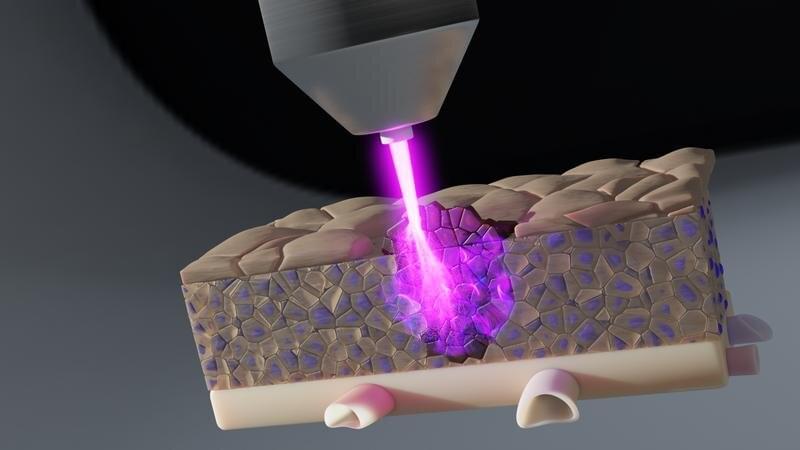
Researchers at the Leibniz Institute for Plasma Science and Technology (INP) have collaborated with partners at Greifswald University Hospital and University Medical Center Rostock to demonstrate that cold plasma can effectively combat tumor cells even in deeper tissue layers.
What is particularly noteworthy is that, by developing new tissue models, they were able to precisely investigate the effect of individual plasma components on tumor cells for the first time. The research is published in the journal Trends in Biotechnology.
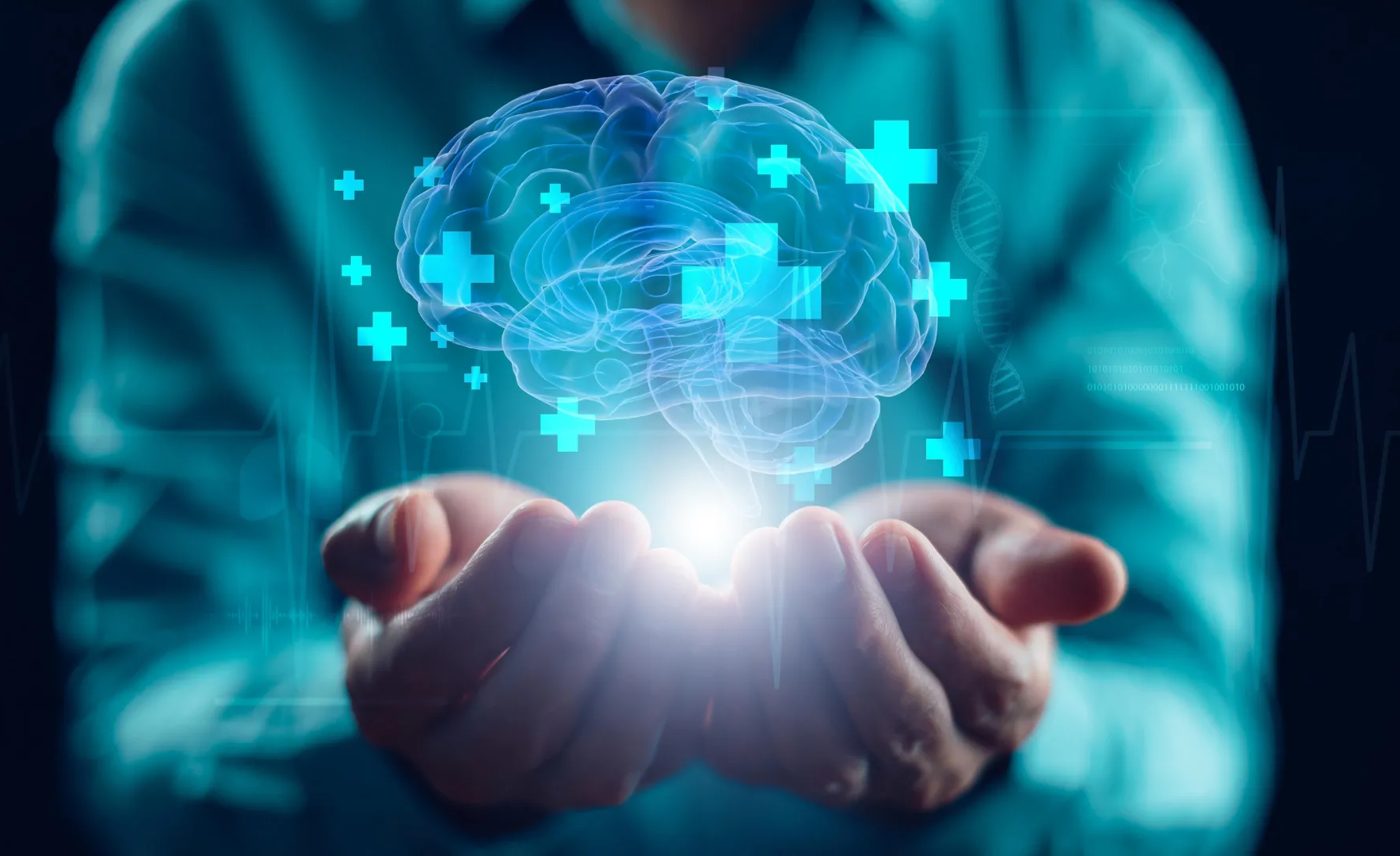
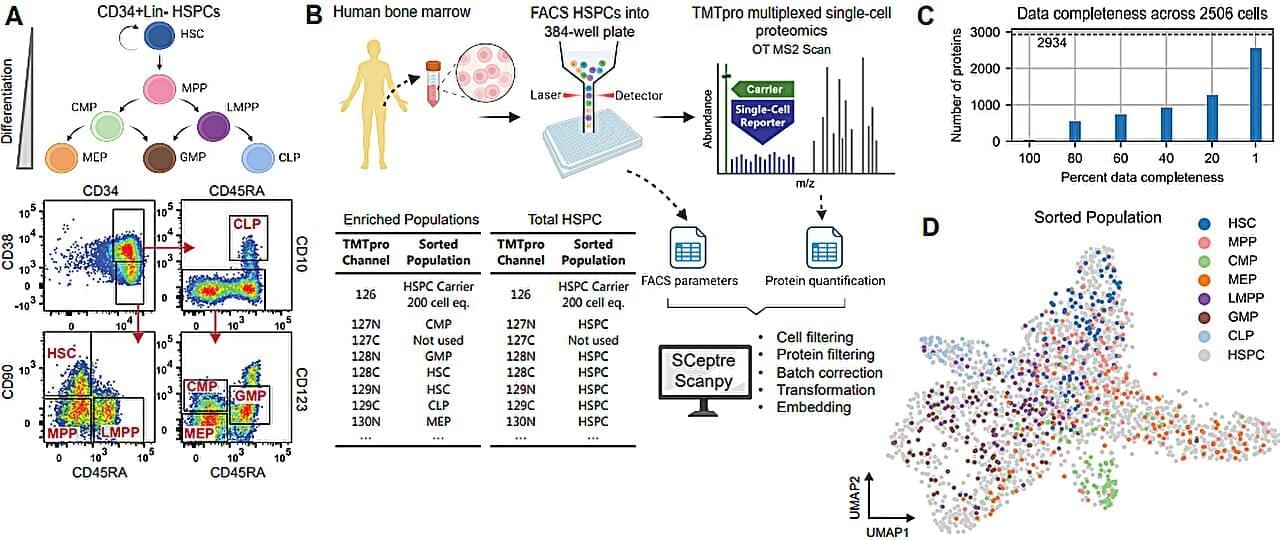
In the past decade, there has been significant interest in studying the expression of our genetic code down to the level of single cells, to identify the functions and activities of any cell through the course of health or disease.
The identity of a cell, and the way that identity can go awry, is critical to its role in many of the biggest health challenges we face, including cancer, neurodegeneration, or genetic and developmental disorders. Zooming in on single cells allows us to tell the difference between variants which would otherwise be lost in the average of a region. This is essential for finding new medical solutions to diseases.
Most single-cell gene expression experiments make use of a technology called single-cell RNA sequencing (scRNA-seq), which produces a map of exactly which genes are being copied out into short “transcripts” inside the nucleus. However, scRNA-seq only gives us a window into the intermediate step between the genetic code and the proteins which take care of (almost) all the tasks inside our bodies.
